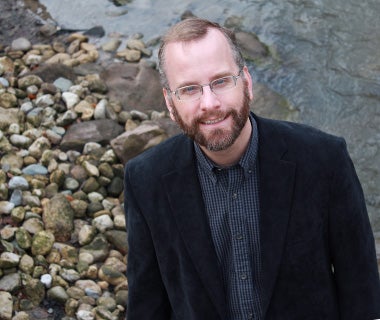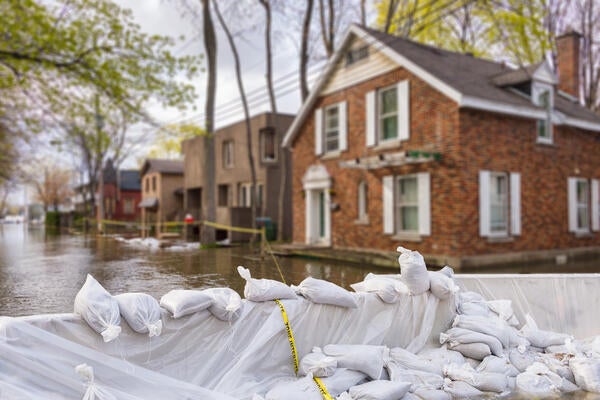
Tragedy transformed drinking water laws in Ontario
Waterloo professor says small changes in behaviour can protect our groundwater from contamination.

Waterloo professor says small changes in behaviour can protect our groundwater from contamination.
By Beth Gallagher Communications and Public AffairsThe shock was so great when seven people died from drinking water in Walkerton, Ontario in May 2000, that it forever changed how the provincial government manages and protects its municipal water, says an environment and resource studies professor.
 Robert de Loë, University Research Chair in Water Policy and Governance, University of Waterloo
Robert de Loë, University Research Chair in Water Policy and Governance, University of Waterloo
“It was traumatic and it absolutely, completely redefined how we deal with water in Ontario,” says Robert de Loë, a University Research Chair in Water Policy and Governance. “The idea that people died from drinking water in Ontario was devastating.
“Before Walkerton, we only had guidelines for drinking water,” says de Loë. “Now we have one of the most comprehensive systems in place in Canada.”
An inquiry into the Walkerton tragedy noted that government cutbacks in the 1990s were part of the reason seven people died and thousands more became sick after drinking water contaminated with E. coli bacteria. As part of how it responded to the tragedy, Ontario created a collaborative process whereby governments, business people and citizens are working together to better protect water sources through Source Protection Planning.
Looking in the mirror
The good news is that most people can see how they affect water. “I can quickly help people see how their behaviour is part of the problem, but also a big part of the solution,” says de Loë. “When you wonder who is going to make the changes, you need to look into the mirror.”
In areas like Waterloo region where most of the drinking water comes from groundwater, people have to think more carefully about how they grow food, store chemicals and operate their businesses. “Everything we do on land has the potential to impact groundwater,” says de Loë.
All of these changes have the potential to affect what we do around our homes and how we operate our farms and businesses, but de Loë says that since Walkerton we’ve accepted that stricter regulations and fundamental changes in behaviour are needed to protect the health and safety of citizens.

Read more
Waterloo researchers propose solution to help communities escape the costly cycle of flood damage and rebuilding

Read more
Tennis Canada partners with Waterloo researchers to reach their goal of a net-zero and waste-free event by 2030

Read more
The Future Cities Institute joins forces with BestWR to help measure the region’s readiness for growth
The University of Waterloo acknowledges that much of our work takes place on the traditional territory of the Neutral, Anishinaabeg, and Haudenosaunee peoples. Our main campus is situated on the Haldimand Tract, the land granted to the Six Nations that includes six miles on each side of the Grand River. Our active work toward reconciliation takes place across our campuses through research, learning, teaching, and community building, and is co-ordinated within the Office of Indigenous Relations.